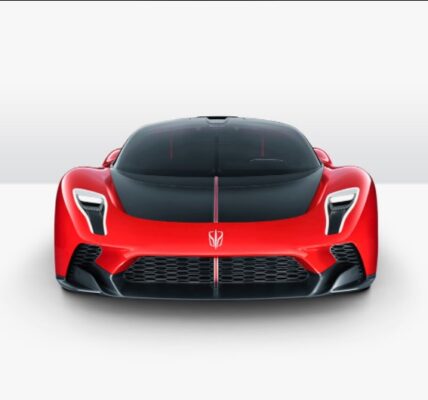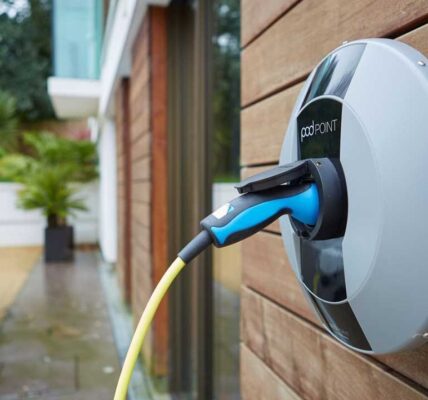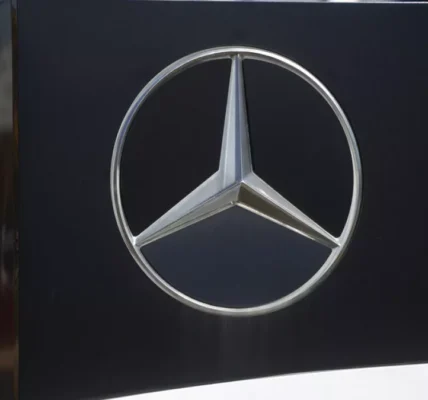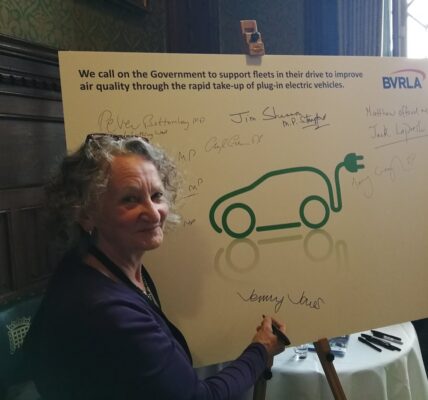The European Union (EU) has reached a deal for the effective banning of combustion-engined cars and vans from 2035, Automotive News Europe reports, with the agreement of the EU’s three key institutions, the executive arm, the parliament and its member states.
This is through its co-legislators’ agreement on the “Fit for 55” proposal that will see a 55% reduction in the CO2 emissions target for new cars and by 50% for new vans by 2030 compared to 2021 levels, followed by a 100% reduction in CO2 emissions for new cars and vans by 2035, according to the European Council for the European Union.
This decision means that new cars and vans with petrol and diesel-powered engines will not be registered for road use in Europe from 2035, which will speed up the industry’s switch to fully electric vehicles, advancing the proposal by the European Union since it came to light in the middle of last year.
Exceptions are place for the ruling, and the council and parliament have agreed that niche manufacturers such as Lamborghini “which produce a small number of vehicles” will be granted a one-year reprieve on the ICE ban.
Also part of the final deal is a non-binding element favoured by member states, which called on the commission to propose registering vehicles running exclusively on carbon-neutral fuels after 2035, the report added.
“We are now keen to see the framework conditions which are essential to meet this target reflected in EU policies. These include an abundance of renewable energy, a seamless private and public charging infrastructure network, and access to raw materials,” said BMW CEO Oliver Zipse, who is also president of European automaker lobby group ACEA.
Zipse, as BMW CEO has warned against becoming too dependent on EVs in certain markets, and said last year that the German marque plans to continue the development of internal combustion engines “because demand will remain robust for many years to come”.
The “Fit for 55” regulation that essentially outlaws combustion engine-powered vehicles for road use will be the first to be approved as part of the EU’s green plans, and other policies include a major overhaul of the European bloc’s carbon market, along with measures to drive renewable energy.
“The days of the carbon-spewing, pollution-belching combustion engine are finally numbered. It’s [been] 125 years since Rudolf Diesel revolutionised engine efficiency, but lawmakers have decided the next chapter will be written by the cleaner, better electric vehicle. For the planet and human health, that can’t come fast enough,” said senior director for vehicles and e-mobility at environmental lobby group Transport & Environment (T&E), Julia Poliscanova.
On the other hand, there may be unintended consequences. “With [this] agreement, a ‘Havana effect’ is becoming more realistic. After 2035, our streets might become full of vintage cars, because new cars are not available or affordable. [This] deal slammed shut the door to new technological developments and put all the eggs in one basket. This is a mistake,” said conservative European People’s Party lawmaker Jens Gieseke.
The other basket, so to speak, includes alternatives such as synthetic fuels; Porsche announced its research on synthetic fuels towards the end of 2020, and earlier this year announced its investing of US$75 million (RM316.1 million) in carbon-neutral fuels.
The German sports car maker already uses bio-based fuel for its one-make racing series, and plans to deploy wider use of the fuels at its Experience Centres. These synthetic fuels generally require no modifications to existing petrol combustion engines, save for the use of additives to be compatible with sealants and other rubber parts in the vehicles’ fuel lines.








